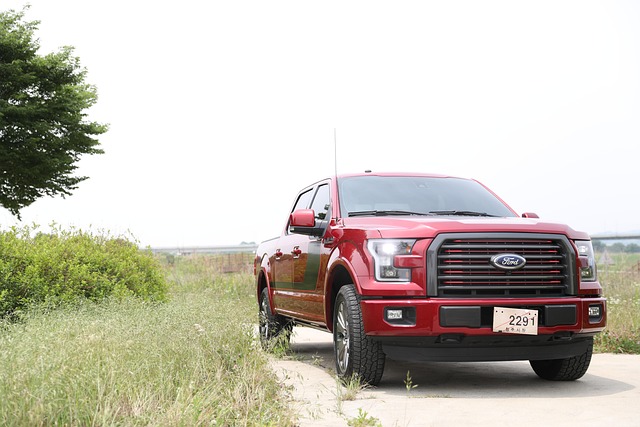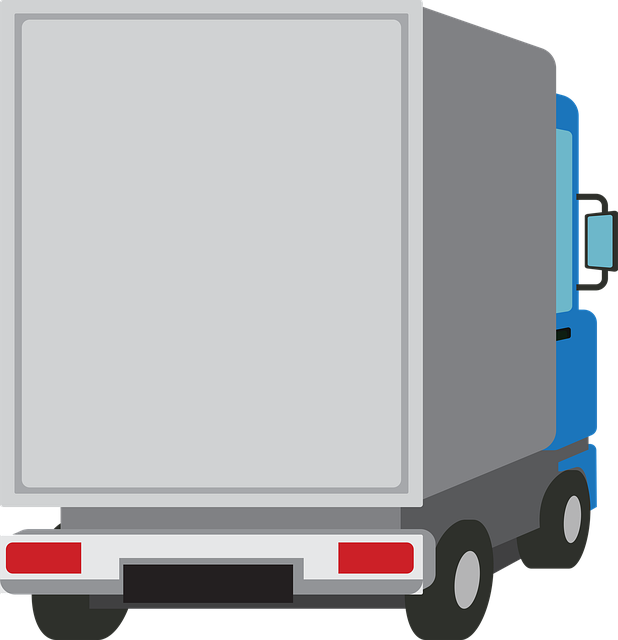Looking to register your car in California? This guide walks you through the entire process, from understanding key requirements to securing your plate. We break down the necessary documents for a successful VIN (Vehicle Identification Number) verification, explain both online and in-person registration options, and detail the fees involved. Get ready to navigate California’s car registration with ease and ensure your vehicle is legally on the road.
- Understand California Car Registration Requirements
- Gather Necessary Documents for VIN Verification
- Perform Vehicle Identification Number (VIN) Check
- Complete Online Registration or Visit DMV Office
- Pay Registration Fees and Receive Your Plate
Understand California Car Registration Requirements

Before registering your car in California, it’s crucial to understand the state’s specific requirements for vehicle identification number (VIN) verification. California requires a VIN inspection to ensure that all vehicles on its roads meet safety and emissions standards. This process involves checking the vehicle’s history, including any reported damages or outstanding issues, which can be done through various online platforms or by visiting a designated inspection station.
A mobile vin verifier or mobile vin inspection service can also streamline this process, allowing you to complete the necessary checks from the convenience of your own home or garage. By utilizing these resources, you ensure that your car is in compliance with California’s regulations before proceeding with registration, making the overall experience smoother and less time-consuming.
Gather Necessary Documents for VIN Verification

To initiate the car registration process in California, you’ll first need to gather all the essential documents for VIN (Vehicle Identification Number) verification. This step is crucial as it ensures the vehicle’s authenticity and history are accurately checked. The main document required here is the Certificate of Title, which proves ownership. You can obtain this from the previous owner or through a purchase transaction. Additionally, you’ll need to provide proof of insurance, registration, and identification, such as a driver’s license.
For a seamless mobile vin verification or vin inspection, ensure that all documents are up-to-date and accurate. The California Department of Motor Vehicles (DMV) recommends having these documents ready before scheduling an appointment for the physical inspection. Having them on hand allows for quicker processing and a smoother experience during your visit to the DMV.
Perform Vehicle Identification Number (VIN) Check

Before proceeding with the registration process, it’s crucial to perform a Vehicle Identification Number (VIN) check. This step is essential for ensuring that your vehicle’s history is clear and accurate. A VIN verification involves using specialized tools to cross-reference your car’s unique 17-digit VIN number against databases that record ownership history, accident reports, and other relevant information. You can conduct this inspection yourself with a mobile VIN verifier or take it to a professional for an accurate read.
By conducting a thorough VIN inspection, you’ll be able to detect any potential issues that could hinder the registration process. This includes uncovering previous accidents, outstanding loans, or discrepancies in ownership records. Therefore, it’s advisable to opt for a mobile vin inspection service if available in your area to save time and ensure a smooth car registration experience in California.
Complete Online Registration or Visit DMV Office

You have two options for registering your car in California: complete the process online or visit a DMV office. Both methods require accurate and up-to-date information, but going digital can save you time and potentially avoid some paperwork headaches. If you opt for online registration, start by visiting the official California DMV website. Here, you’ll find forms for new vehicle registration, as well as step-by-step instructions to guide you through the process. One crucial step in this process is vin verification, where a mobile vin verifier or a professional vin inspection ensures that your car’s unique vehicle identification number (VIN) matches the information provided by the manufacturer.
Once you’ve confirmed all details, including ownership transfer and any required fees, submit your application. The DMV will then process your request, which typically involves verifying your identity, checking your vehicle’s history through a vin inspection, and confirming that all necessary taxes and fees have been paid. If everything is in order, they’ll issue your registration certificate, which you can print or receive digitally for future reference.
Pay Registration Fees and Receive Your Plate

After completing your vehicle’s registration application, it’s time to pay the required fees. In California, these include a registration fee and a vehicle identification number (VIN) verification charge. The VIN is a unique identifier for your car, and its verification ensures that the details on your registration documents match the vehicle. You can opt for various payment methods, including credit card or check, at most DMV offices. Once processed, you’ll receive your registration fees receipt and move on to the next step.
The final phase involves obtaining your license plate. A unique set of plates will be assigned to your vehicle after successful VIN verification. In today’s digital age, many Californians choose to take advantage of mobile vin verification services, which allow for a swift inspection and plate issuance from the comfort of your home or office. These mobile vin verifiers ensure convenience while adhering to state regulations.
Registering a car in California is a straightforward process that involves understanding key requirements, gathering essential documents for VIN verification, and completing either an online registration or a visit to a DMV office. By adhering to these steps and ensuring accurate VIN check data, you’ll promptly receive your vehicle’s registration and license plate, marking a successful conclusion to the procedure.
